Be More Japan, a hardback with lots of graphics covering a wide range of things Japanese, was recently published by DK Eyewitness out of London. I wrote 11 topics for the book, including those about bonsai, flower arranging, calligraphy, origami, the tea ceremony, hot springs, historic pilgrimages and pathways, the rigors of becoming a geisha, Japanese philosophies to live by, and diet and longevity. Other writers covered sections on anime, fashion, food, technology, sports, architecture, religion, music, and much more. Be More Japan is a nice coffee table book or a good read for anyone interested in Japan.

Because I’ve been writing about Japan for more than 30 years, I know a little about lots of things but do not consider myself an expert on any one subject (well, maybe hotel rooms–I doubt anyone has seen as many hotels as I have over the past 30 years plus). I thus learned a lot while researching and writing about my topics for Be More Japan, which is one of the reasons I love what I do. After all, it takes years to become a master of the tea ceremony, the caring of bonsai, and many other Japanese traditional pursuits. My knowledge is still only superficial.
Bonsai –Landscapes in Miniature

Most of what I know about bonsai I learned in Kinashi, a village on Shikoku island with dozens of bonsai cultivators, and at the Omiya Bonsai Art Museum located north of Tokyo. Any tree or shrub can become a bonsai with meticulous care, including the pruning of roots and crown to preserve the bonsai’s dwarfed size and to control its shape. With the right amount of loving attention, bonsai can live hundreds of years. At the Omiya Bonsai Art Museum there’s an Ezo Spruce with a hollowed trunk and decayed white wood. Whereas we might initially see only the decay and think the tree’s glory days are long gone, above the old trunk rises a carefully cultivated, thriving canopy of brilliant green. The spruce, named Todoroki (Thunder’s Roar), is a visual representation of the cycle of life, of beauty and death. And though only 94 centimeters (37 inches) tall, it has survived an astonishing 1,000 years.
Ikebana–Flower Sculptures

Ikebana refers to the Japanese arrangement of flowers, buds, twigs, branches, leaves, grasses and other foliage to create a living sculpture. Virtually everything is considered in the arrangement’s composition, including the empty spaces between the natural materials, the vessel, and the season. Artists are keenly aware that their creations are transient and a reminder of the ephemeral nature of life. Thus, flower arrangements might also include a fading bud or a leaf, curving just so into infinity.
The Rigors of Becoming a Geisha

In high-tech Japan, she looks like an apparition, sprung from the pages of a woodblock print. Her hair a ghostly white, her bottom lip a startling crimson, her elaborately coiffed hair decorated with dangling ornaments. She takes tiny steps on high platform shoes, confined in her gait by a brilliant, tight kimono.
She’s a maiko, a geisha apprentice, and only after five years of rigorous training in the traditional arts of highly stylized dance, music, the tea ceremony, ikebana and literature, as well as the art of conversation, will she reach geisha status. She is not a courtesan, but rather a highly trained entertainer of the business and political elite, mostly men. Because of the high cost of being entertained and attended to by geisha, mostly in very exclusive tea houses and restaurants, the majority of Japanese have never had contact with a geisha.
Most geisha today live in Kyoto, though you’ll also see them in Kanazawa and hot-spring resort areas like Atami. Needless to say, with so many more options available to women today, few teenagers opt for the demanding training and sacrifices required of the maiko apprentice, which can include a ban on cellphones and little contact with families and friends. The estimated 80,000 or so geisha in the 1920s has dwindled to only a thousand or so today.
And by the way, all those young women you see in kimono on the streets of Kyoto and around Asakusa in Tokyo? Those are tourists, mostly Chinese, who rent outfits for photo sessions around town.
Origami Creations

Paper cranes are probably the most well-known form of the art of Japanese paper folding. But in today’s Japan they have taken fantastical forms of expression and are even applied in technology, such as honeycomb core panels used in floors of Shinkansen bullet trains to reduce vibration and microscopic heart stents that expand to open blocked arteries.
Calligraphy Works of Art
Like many other traditional Japanese endeavors, calligraphy (shodo) is considered an art. A form of self-expression, the artist can utilize a variety of styles to write their message, some flowing and more cursive, others more like block script. But because the Japanese written language uses kanji (derived from Chinese ideograms around the 5th century) plus two syllabic scripts–one for Japanese grammatical endings and some original words and the other for all foreign words and names–it takes years of schooling for children to be able to read the 2,000 kanji required to read a Japanese newspaper. And yet the literacy rate in Japan is an astonishing 99%.
Love of calligraphy remains strong, with national museums and private galleries regularly staging calligraphy exhibitions written by famous artists, feudal lords, statesmen, monks, famous artists and others. High-school shodo clubs often participate in contests using oversize brushes to paint huge calligraphy in sync with music. Writing an auspicious calligraphy for the New Year is a popular tradition, with children’s works displayed annually at Tokyo’s Meiji Museum.
Hot Springs

I’ve never seen a people bathe as enthusiastically or thoroughly as the Japanese. They don’t just hop in and out of an onsen (hot spring bath). Rather, after washing off the grime of the day, they lower themselves in what can seem like scalding water and then sit there, allowing the water’s heat to stimulate blood circulation and its minerals to help treat arthritis, rheumatism, diabetes, skin ailments and whatever ails them. Most Japanese visit onsen towns with a group of friends, family or co-workers, making them social institutions as well.
As such, hardly any Japanese will visit a hot-spring resort with just one dip but will rather treat themselves to the baths as many times as they can. Onsen baths can range from modest public facilities with just a tub or two to elaborate spas with both indoor and outdoor (rotenburo) baths, some with spectacular views. And with more than 3,000 onsen towns in Japan, there are lots of places to choose from.
Note, however, that people with tattoos are banned from most public baths, due to an archaic rule that equates tattoos with members of the yakuza, Japanese mafia. In light of the 2020 Olympics to be held in Tokyo, which will surely draw countless athletes and visitors with tattoos, something’s obviously gotta give.
The Japanese Tea Ceremony
One of my first experiences with the seemingly simple procedure of the Japanese tea ceremony occurred years ago, when a woman I met at a budget Japanese inn asked whether she could serve me tea as a way to practice what she’d learned. As she went through the many steps, apologizing for being such an amateur, I asked how long she’d been studying. Only seven years, she replied. I had no idea.

The Japanese tea ceremony is a highly stylized ritual, so that with time, the practitioner’s graceful movements and the elaborate ceremony become fluid, allowing thoughts to flow freely from one step to the next and therefore focus on the moment. Rules are so intricate, from the exact way powdered green tea and hot water are whisked into a frothy matcha to the placement of utensils, it’s said to take 10 years to learn them, though some contend it takes a lifetime.
One of my most poignant memories of the tea ceremony was in Kanazawa, in a tea house with a view of a centuries-old garden. The tea master, a regal elderly woman dressed in kimono, said that because this moment was the only time in our lives that our paths intersected, we should value the encounter because we’d never see each other again. Her words brought tears to my eyes and made me realize that the lesson of the tea ceremony is that every encounter–whether by chance or by plan–should be treasured.
Ancient Pilgrimages and Modern Pathways
During the Edo Period (1603-1868), the shogun was the ruler of the land, with such tight control over the Japanese that virtually every aspect of life was regulated, from where people lived, what they wore, what they ate, how they behaved, and what they were allowed to do. Farmers, merchants, commoners, samurai, and feudal lords all knew their place in life. Stepping outside the proscribed boundaries could bring instant death.
Travel, too, was strictly regulated, but one of the few exceptions was a religious pilgrimage, making them very popular among nobility and commoners alike. Several of those old routes are still popular today, including Shikoku’s 88 Temple Pilgrimage, which takes pilgrims on a 1,400-km (870-mile) circular route to 88 temples on the island. One of the oldest pilgrimages in the world, it honors Buddhist monk Kobo Daishi (774-835) and can take up to two months to complete on foot. Nowadays, however, many Japanese make the pilgrimage on chartered bus.
Equally ancient is the Kumano Kodo, part of a UNESCO World Heritage Site in the Kansai region’s Kii Mountains. This network of footpaths brings pilgrims to the Ise Grand Shrines, Mt. Koya with Kobo Daishi’s mausoleum and Buddhist temples offering overnight stays, many onsen, scenic vistas, and more.

You can also journey on Japan’s countless hiking paths, many located in national parks and through mountain ranges. For a short hike lasting an afternoon or for several days, I especially love the old Nakasendo highway, which links old post towns used by feudal lords on biennial obligatory trips to Edo (now Tokyo), where they were forced to maintain mansions and keep their womenfolk so as to discourage rebellions in the provinces. For a longer trek that can last up to two months, there’s the 1,000-km (600-mile) Michinoku Coastal Trail. Japan’s newest and longest footpath, it follows the Atlantic coast through three prefectures in Tohoku that were the hardest hit in the 2011 tsunami.
Japanese Philosophies
As an island nation that never experienced foreign occupation until 1945, Japan has been in the singular position of choosing how to integrate foreign concepts into its culture rather than having them forced upon it. Japan’s first major outside influences were Buddhism and Confucianism, both introduced in the 6th century. Buddhism brought such concepts as life’s transience, mindfulness, and the positive state of mu (“nothingness”), a void filled with meaning and possibilities. Confucianism emphasized loyalty, duty, and consideration of group harmony over individual interests. A Japanese today, therefore, may incorporate mindfulness by practicing the tea ceremony, find great satisfaction in a job well done, and be awestruck by the beauty of a fading flower.
One of my favorite Japanese concepts is wabi-sabi, which finds beauty in imperfection, whether it’s a lop-sided handmade bowl or a pop singer’s crooked teeth. Mono no aware is about the ephemeral nature of life, bringing combined emotions of joy at experiencing beauty and melancholy knowing it will end. Cherry blossoms are the classic example of mono no aware, but it’s also the sadness of losing people and things dear to us, tempered by feeling blessed to have had them in our lives.
Ichi-go ichi-e is a proverb that translates as “one time, one meeting” to remind us that encounters with strangers and friends should be treasured as once-in-a-lifetime opportunities. Whether a tea ceremony like the one I experienced, a short chat at the checkout counter of the local grocery store, or dinner with friends that can never be reproduced in exactly the same way, ichi-go ichi-e is a great Japanese philosophy to live by.

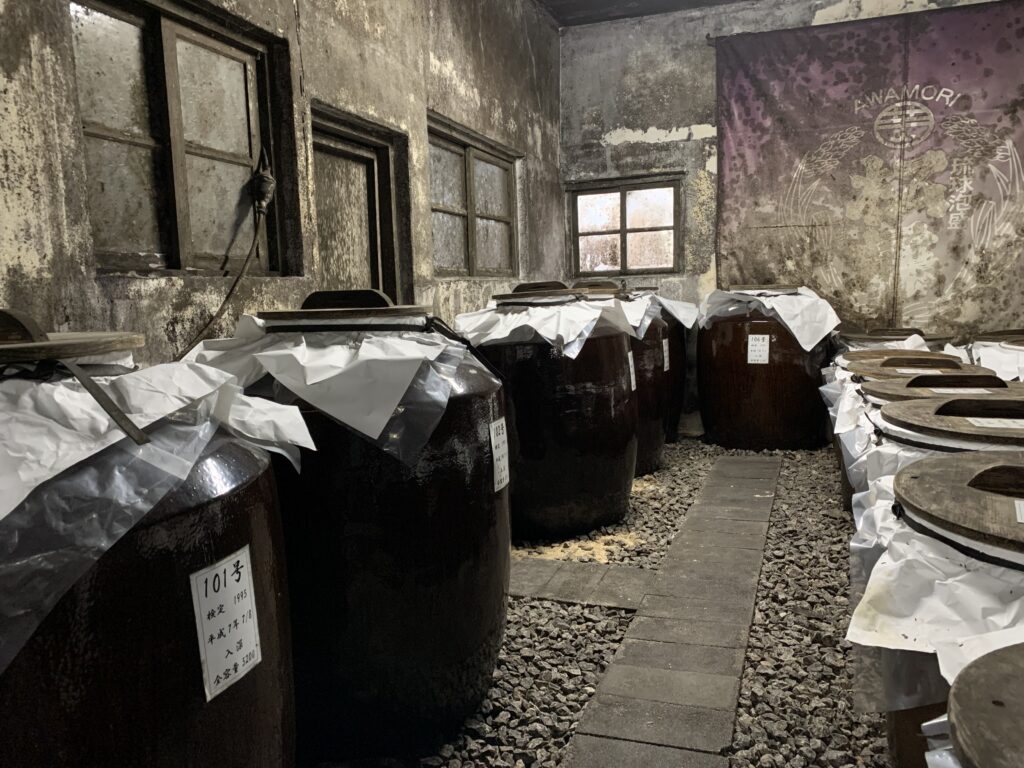
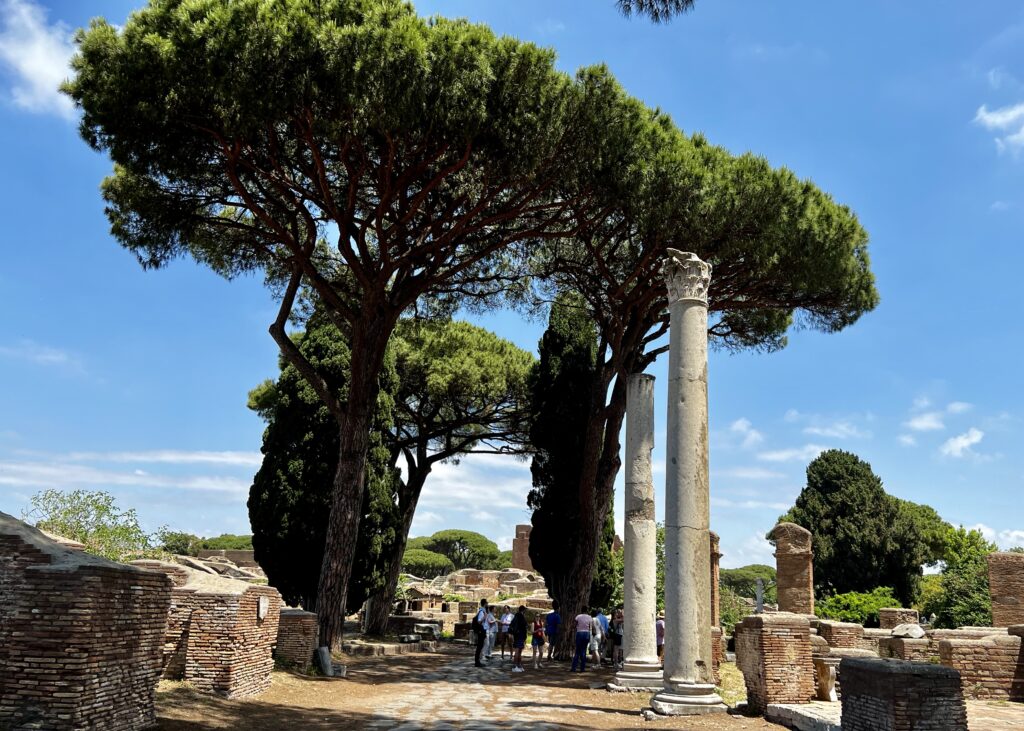
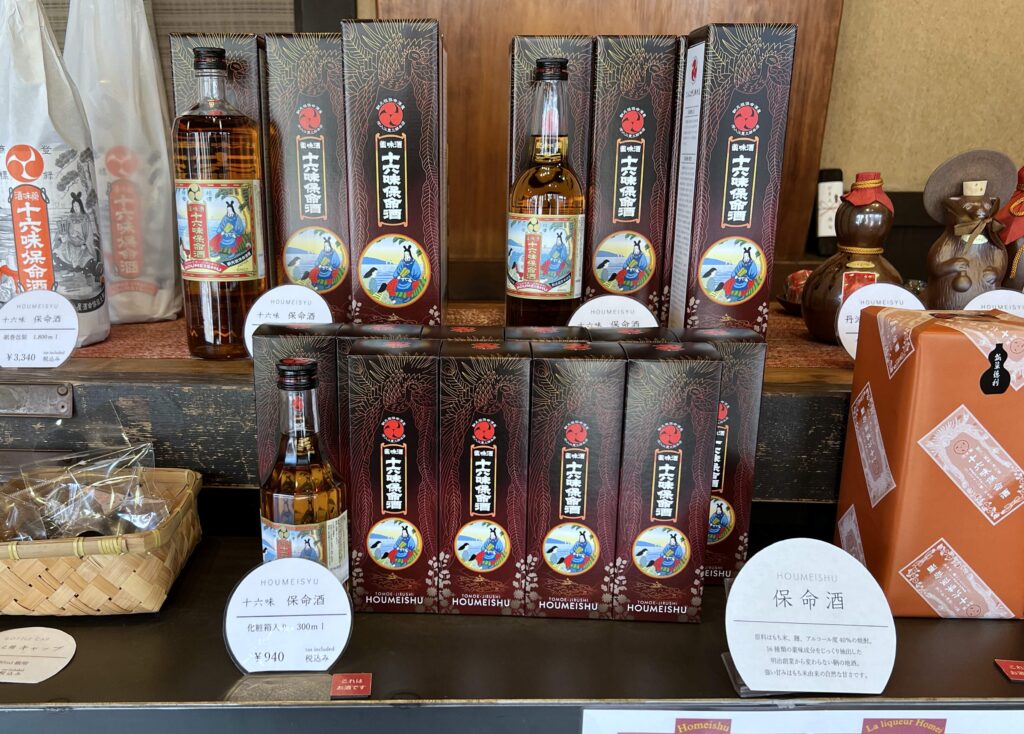
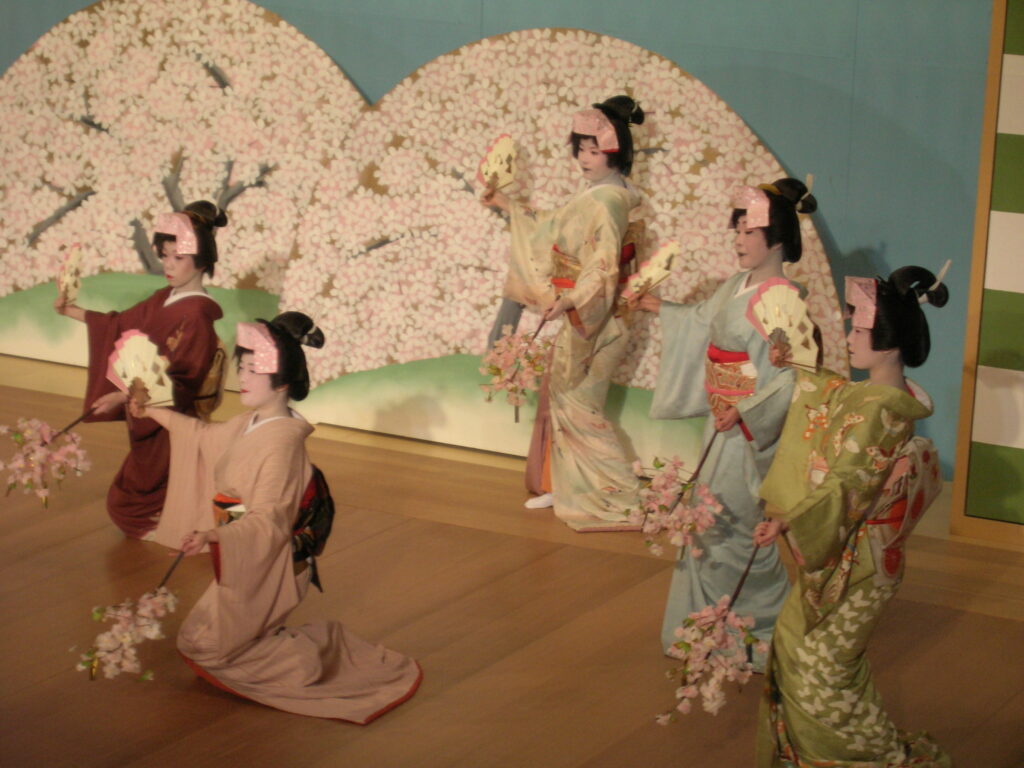
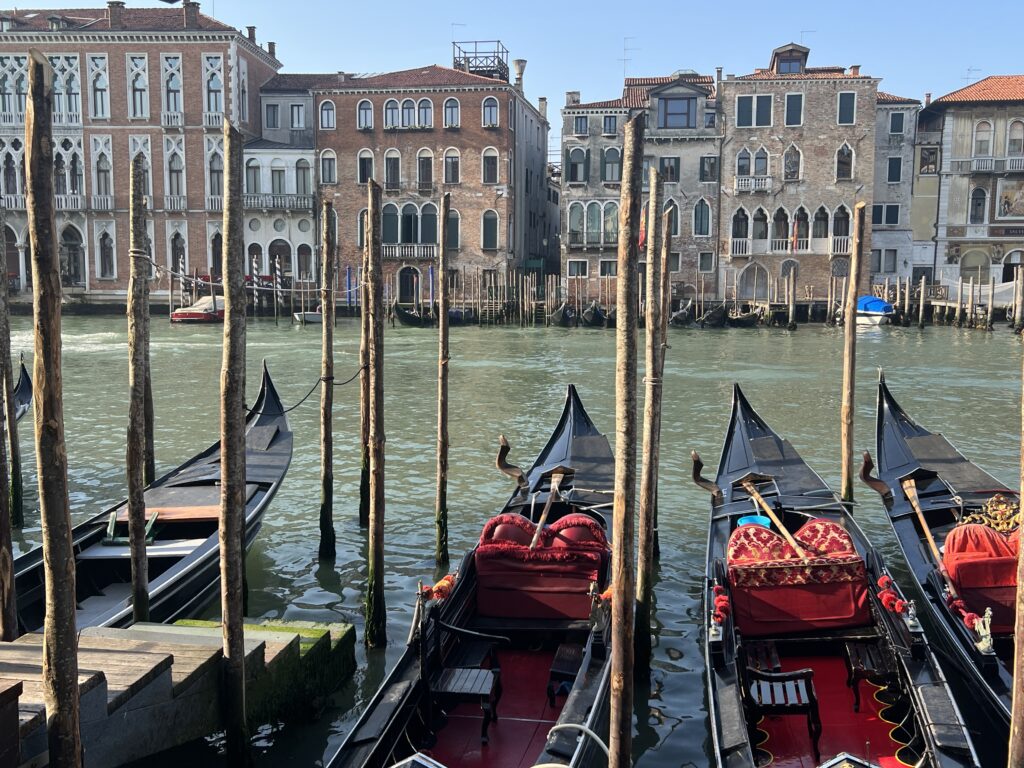
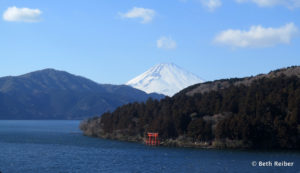
What a delightful trip through some Japanese traditions. Helps me understand Japanese culture better.